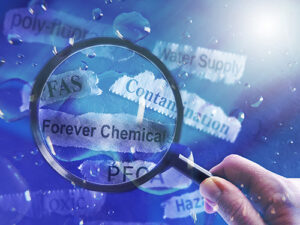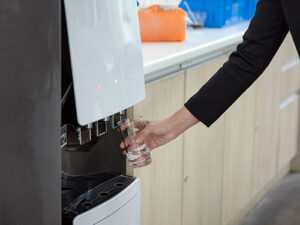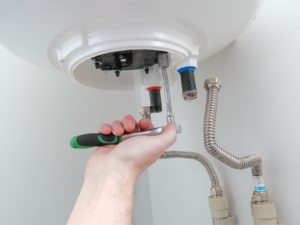Lead in your tap water is not only possible, but also very dangerous. Learn more about the lead in Maryland’s public water and how to keep your family safe.
Lead in Maryland’s Public Water System
Though its use as a plumbing material stretches back thousands of years, we now know that even a small amount of lead in your water supply can have devastating health effects, particularly for children.
That’s why the Environmental Protection Agency created the Lead and Copper Rule (LCR) in 1991, with updates in 2000 and 2007. The LCR mandates that public water suppliers monitor customers’ tap water for lead and copper and outlines actions that suppliers must take if levels go above the EPA’s Maximum Contaminant threshold. These include treating groundwater, replacing outdated lead infrastructure, and educating the public on prevention of lead poisoning.
In Maryland, public water systems are managed by the Department of the Environment, which oversees water treatment and delivery for over 5.7 million Marylanders. Through its Water Supply Program, the Department regularly assesses water quality both at groundwater sources and private homes in addition to maintaining public water infrastructure and ensuring suppliers follow all water treatment requirements.
Even if water is clean when it leaves the treatment facility, however, it can still contain lead when it comes out of your tap. While the LCR requires water suppliers to take certain actions when lead levels rise above 0.015mg/L (including notifying customers), finding and fixing the source of the problem can take considerable time and resources.
Additionally, lead contamination can come from outdated or corroded plumbing fixtures within your home. This is a particular concern if your house was built before 1930, but solder used as late as the 1980s and certain brass or steel fixtures are also common culprits.
How to Tell If There’s Lead in Your Drinking Water
For more information on where your Maryland tap water comes from, how it is treated, and the results of recent testing or monitoring actions, you can check out the Consumer Confidence Report for your water system. Updated annually, these documents keep customers informed about the health of their water systems and how to contact water officials.
But while these reports are excellent resources, the only way to know for sure if your water is contaminated is to have it tested.
While there are at-home testing kits available for purchase, the Department of the Environment highly recommends contacting a State Certified Water Quality Laboratory and provides a list of all such facilities in Maryland.
How to Prevent Lead in Your Tap Water
If you’re concerned about lead in your drinking water, rest assured that there are ways to keep your household safe even when your public water system is not.
First, any possible sources of lead should be removed from your home’s plumbing supply by an expert plumber. As mentioned above, this is most commonly found in houses built before 1930, but lead-containing plumbing materials were in use until 1986.
You can then install a house-wide water filter to remove lead and other potential hazards from your water as it comes into your home. Systems like our Hague H6500 Reverse Osmosis remove not just lead but many other harmful chemicals and contaminants, filtering up to 99% of total dissolved solids in your water. These solutions are typically cost efficient, low maintenance, and eco-friendly, as they eliminate the need for bottled water.
At Hague Quality Water of Maryland we can help you assess your water quality, repair or replace plumbing fixtures, install the best water treatment solutions, and provide ongoing maintenance for your entire water supply system. We are dedicated to providing families and businesses not only safe water, but also peace of mind.




